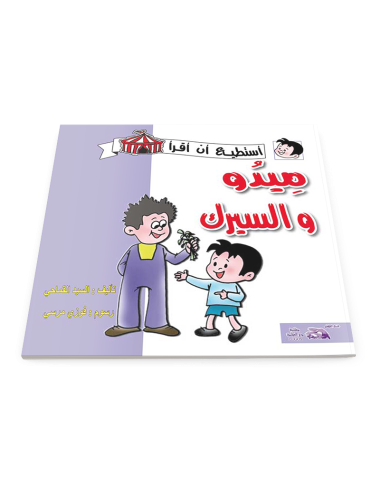Mido and the Cat Susu
Mido loves animals. When he sees a cat in need of help, he talks to his mother. Can he care for the cat in the house? Isn't that strange? What is the answer of his mother?
0.054 kg - 100 kg
Mido loves animals. When he sees a cat in need of help, he talks to his mother. Can he care for the cat in the house? Isn't that strange? What is the answer of his mother?
John Gerassi had just this opportunity as a child, his mother and father were very close friends with Jean-Paul Sartre and Simone de Beauvoir and the couple became for him like surrogate parents. Authorized by Sartre to write his biography.
Through the interviews with both their informalities and their tensions, Sartre’s greater complexities emerge. In particular we see Sartre wrestling with the apparent contradiction between his views on freedom and the influence of social conditions on our choices and actions. We also gain insight into his perspectives on the Spanish Civil War, World War II, and the disintegration of colonialism.
This story is about the Circus which is built next to Mido's neighbourhood. Mido has never seen a Circus before.
The fox is mean, he is a big lieer, he is not honest at all! Unfortunately the bear is so good to trust the fox and has no idea of his bad intentions. What will happen? What will come out of this friendly conversation?
This beautifully illustrated volume walks readers through every chapter of the Bible, while also explaining such things as how we got the Bible, how it was preserved over the years, how the Bible fits in with historical sources and archeological finds, and similar information.
What the future will bring? This issue, which opens Young undiscovered Self in this book, which is one of the most influential books there is no more important problem in our society today the plight of the individual in today's world the most systematic and rigorous.
This book is both a testament to a great thinker and a still vital strand of thought in the comprehension and critique of the modern organized world. It is essential reading for younger scholars and a radical reminder for those steeped in the tradition of a critical theory of society.








